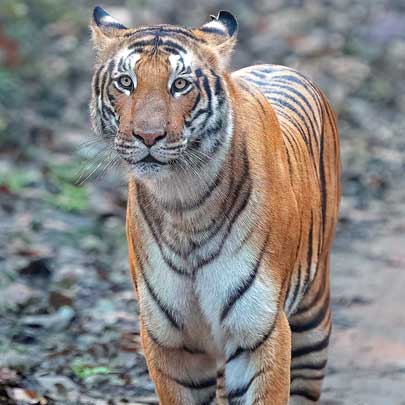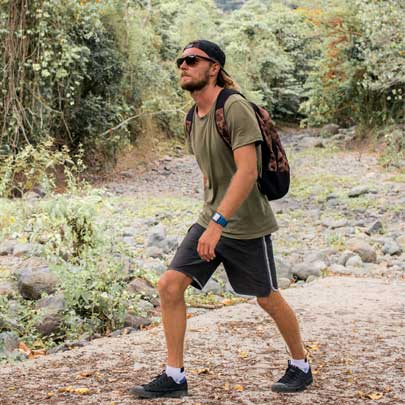Panna's Endangered Species: Conservation Challenges And Successes
Panna National Park, located in the Indian state of Madhya Pradesh, is renowned for its rich biodiversity and significant conservation efforts. However, the park has faced challenges in safeguarding its endangered species. This journey involves understanding the conservation struggles and successes that have shaped Panna's wildlife preservation landscape.
**1. Tiger Conservation Challenges:
- In the early 2000s, Panna National Park faced a severe setback with the local extinction of its tiger population due to poaching. The loss of this iconic species highlighted the urgent need for effective anti-poaching measures and habitat protection.

**2. Reintroduction Efforts:
- To address the tiger population decline, a landmark reintroduction project was initiated in Panna. Tigers from other reserves were translocated to Panna National Park, aiming to reestablish a breeding population. This effort marked a significant step in wildlife conservation and drew international attention.
**3. Monitoring and Anti-Poaching Measures:
- The successful reintroduction emphasized the importance of robust monitoring systems. Panna implemented advanced tracking technologies and increased anti-poaching measures to safeguard the reintroduced and resident tiger populations.
**4. Vulture Conservation:
- Panna faced challenges in the conservation of vultures, particularly the critically endangered Oriental White-backed Vulture. Habitat loss, poisoning and inadvertent pesticide exposure posed significant threats. Collaborative efforts involving research, habitat protection and awareness campaigns aimed to mitigate these challenges.

**5. Successful Vulture Breeding Programs:
- Panna's conservationists achieved success with vulture breeding programs. Captive breeding centers played a crucial role in breeding and reintroducing vultures into the wild. These efforts contributed to the slow recovery of vulture populations in the region.
**6. Biodiversity Conservation:
- Panna National Park's conservation initiatives extend beyond tigers and vultures. The park is home to a diverse range of species, including leopards, sloth bears and various deer species. Habitat preservation, community engagement and sustainable tourism practices play pivotal roles in maintaining overall biodiversity.

**7. Community Involvement:
- Recognizing the importance of local communities in conservation, Panna National Park actively involves residents in its initiatives. Community-based programs focus on education, livelihood alternatives and instilling a sense of ownership and pride in preserving the park's natural heritage.
**8. Avian Conservation:
- Panna's avian diversity, including species like the Indian Skimmer, faces conservation challenges. The park implements measures such as habitat restoration, anti-poaching patrols and research to protect and promote the well-being of its diverse birdlife.

**9. Mitigating Human-Wildlife Conflict:
- The expanding human-wildlife interface brings challenges such as crop depredation and livestock predation. Panna National Park employs strategies to mitigate these conflicts, including the introduction of community-based insurance schemes and eco-friendly fencing options.
**10. Ecotourism Contributions: - Sustainable and responsible ecotourism practices in Panna contribute to conservation funding and raise awareness. Revenue generated from eco-friendly tourism supports various conservation initiatives and local community development.
Panna National Park's journey in conserving endangered species reflects the complex interplay between conservation challenges and innovative solutions. From the successful reintroduction of tigers to the restoration of vulture populations, Panna's efforts underscore the importance of adaptive management, community involvement and holistic biodiversity conservation. The park's experiences serve as a valuable model for wildlife preservation in the face of multifaceted challenges, emphasizing the interconnectedness of ecosystems and the collective responsibility to protect our planet's precious biodiversity.












































































